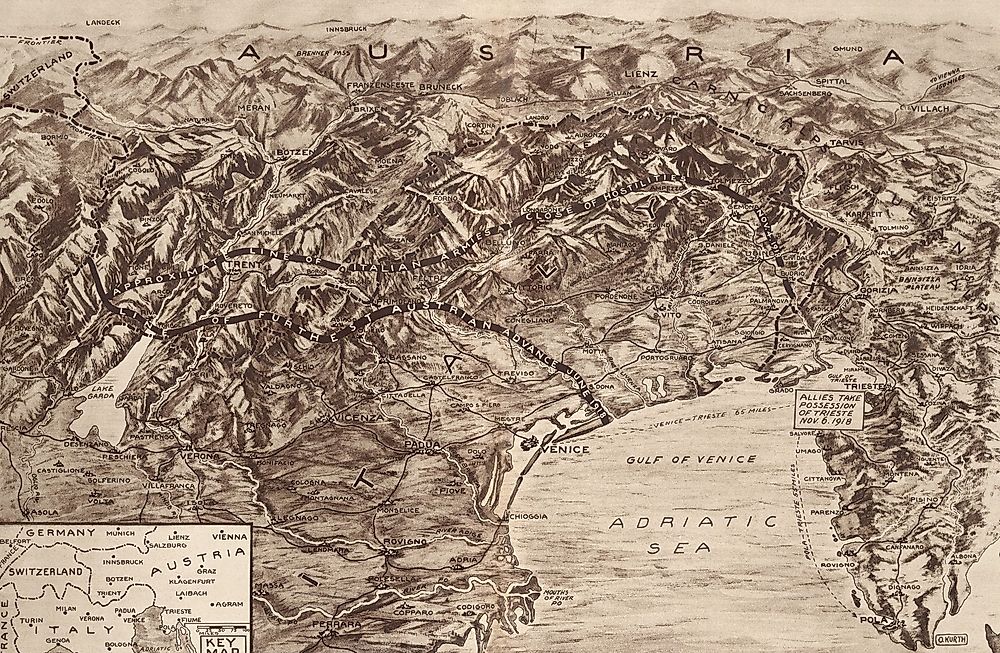What Was The Battle of Caporetto?

The Battle of Caporetto also known as the Twelfth Battle of the Isonzo, began on October 24, 1917, and lasted until November 19, 1917. Other names used to refer to this battle are the Battle of Kobarid and the Battle of Karfreit. The battle was part of World War I and is considered one of the most outstanding successes of the war. The battle occurred in Kobarid, Austria-Hungary, present-day Slovenia. The Battle of Caporetto was between Italy and a combination of Germany and Austria-Hungary.
Prelude to the Battle of Caporetto
Since May 1915, eleven battles were fought along the Isonzo River and had exhausted both the Italian and the Austro-Hungarian armies by September 1917. The wave of Italian attacks had depleted Austro-Hungarian resources to the point of collapse of Austria's positions around Gorizia. In August 1917, Paul von Hindenburg of the Austro-Hungarian side decided on getting help from the Germans to defeat the Italian army. Three experts from the Imperial General Staff went to Isonzo in September 1917 in search of a location for a gas attack. When the Italian Marshal Luigi Cadorna learned of the inclusion of Germany and their movement, he decided to push back the scheduled attack and prepared to defend.
The Battle of Caporetto
On October 24, 1917, Italians were caught off-guard by the Austro-Hungarian and German forces because the weather conditions around the region. At 0200 hours, poisonous gas was fired into the Italian trenches in the valley killing about 600 Italians. The German and Austrian army shot at the Italians at 0641 hours with over 2,200 guns. The foot soldiers attacked and invaded the Italian barricades in the valley and breached the Italian Second Army. The Germans and Austrian had managed to advance 15.5 miles by the end of the day almost unopposed. Cardona ordered a retreat of the Italians to the opposite side of the Tagliamento River, but the forces of Austria-Hungary and Germany were right behind them. A German division had been established at the bridge on the Tagliamento by November 2. The quick advancement of the Austro-Hungarian and German forces started to fail as their supply lines were at full stretch and they could not launch another attack. The Italians retreated further up to Monte Grappa where they defeated the Germans and Austria-Hungarians at the First Battle of Monte Grappa.
The Outcome of the Battle
The disaster that befell the Italian army forced the creation of a Supreme War Council to enhance Allied military collaboration and to come up with a collective strategy. Luigi Cardona resigned, and the Italian propaganda offices were incorporated to provide social justice and land to soldiers. Italy suffered considerable losses in the battle with 10,000 soldiers killed, about 30,000 wounded and 265,000 taken as prisoners. The Austro-Hungarian and German forces suffered 70,000 casualties from the Battle of Caporetto.
Caporetto Legacy
The Battle of Caporetto became a subject in books such as F.J. Nordstedt’s Caporetto. The term Caporetto is prevalent around Italy. People use the word to stand for a disastrous defeat. In the present day, there’s a museum in Kobarid committed to the battles that happened in Isonzo, notably the Battle of Caporetto.











